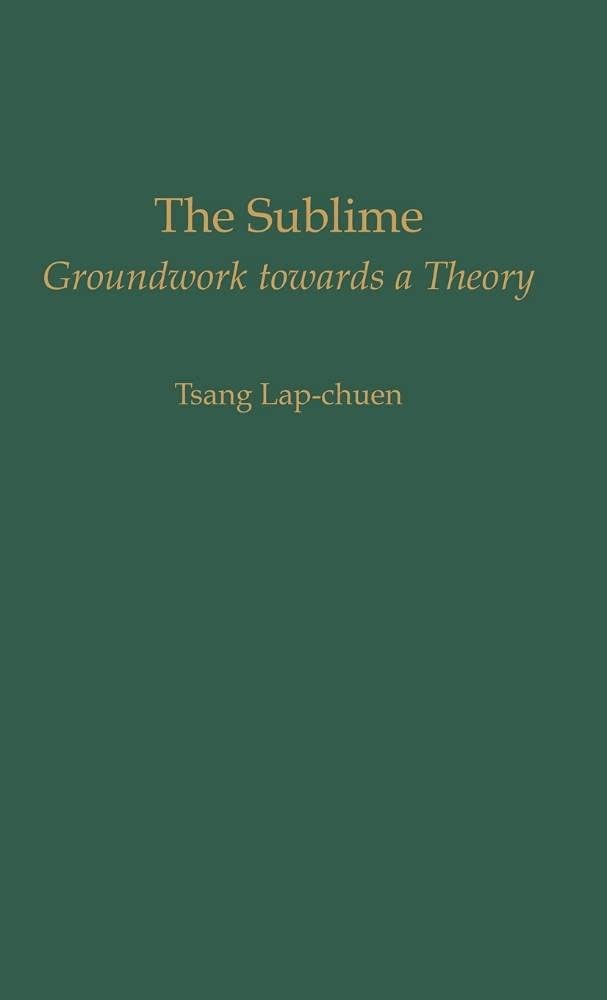Books - 'Edgelands', 'Geography Of Nowhere', 'Non-Places', 'Night Walks', & 'The Sublime'
Originally shared: Friday 22 January 2016
In this post I aim to introduce some of the books that I have read as I developed my new body of work. They may be of interest and they may give some extra insight into what I do and why I focus on it.
'Edgelands' are the spaces that are in-between and on the edge. Places that are and have been ignored, yet all of us pass through, possibly on a daily basis. Rather than see me wax lyrically about this book do watch this following video of the two authors describing their intent in the creation of this wonderful work.
Read an edited extract of the book on the Independent website here.
(Available to buy online from Waterstone's here.)
A great review of this book written by geographer and environment campaigner Marion Shoard can be read here. Marion Shoard is credited with creating the term 'edgeland' in the book "Remaking the Landscape: The Changing Face of Britain" edited by Dame Jennifer Jenkins. The essay has kindly been put online to read here. Listen to Marion Shoard giving a short talk about her thoughts on edgelands here.
I came across this book when looking for writing about cities going through huge moments of change. The title alone had me hooked.
The book’s synopsis
"Eighty percent of everything ever built in America has been built since the end of World War II. This tragic landscape of highway strips, parking lots, housing tracts, mega-malls, junked cities, and ravaged countryside is not simply an expression of our economic predicament, but in large part a cause. It is the everyday environment where most Americans live and work, and it represents a gathering calamity whose effects we have hardly begun to measure. In The Geography of Nowhere, James Howard Kunstler traces America's evolution from a nation of Main Streets and coherent communities to a land where every place is like no place in particular, where the city is a dead zone and the countryside a wasteland of cars and blacktop. Now that the great suburban build-out is over, Kunstler argues, we are stuck with the consequences: a national living arrangement that destroys civic life while imposing enormous social costs and economic burdens."
(Though 'out of print' it is available to buy online from Abebooks here.)
'Non-Places: Introduction to an Anthropology of Supermodernity', 1995
By Marc Augé
ISBN-13: 978-1844673117
An incredibly dense book by French anthropologist Marc Augé. I have to confess that I found this incredibly hard going and some parts impenetrable. (I have seen some online comments suggest that there is a problem caused by a poor translation from the original French text.)
This 2008 video by Jon Stam, has selected quotes by Rem Koolhaas and Marc Augé concerning non-places.
In the video below Marc Augé presents his lecture "Architecture and non-places" in English to students at the Melbourne University in this 2013 video.
This essay was written by Dickens at a time when he was suffering greatly from insomnia. For him a way to deal with his frustration was by wandering the streets of London until he became weary. His wanderings were often varied and quite far. "Night Walks" is based on these rambles through the capital's moonlit streets. It's fascinating to read what closely amounts to a 'stream of consciousness' approach to writing describing the Victorian London he moved within. He writes about homelessness, drunkenness, and other vices. One bit that moved me hugely was his crossing the path of a hungry stray dog and his interaction with it. You will need to get hold of a copy to see what I mean as the moment he describes is incredibly vivid and tangible.
(Available to buy online from Waterstone's here.)
As an aside I have seen Victoria Woolf's "Street Haunting: A London Adventure" being used as a comparison with Dicken's essay.
'The Sublime: Groundwork towards a Theory', 1998
Tsang Lap Chuen
ISBN-13: 978-1580460279 (Out of print)
I stumbled across this book on Wikipedia during an internet search exploring thoughts and ideas about moments described as sublime. Art theorist and historian James Elkins in his essay 'Against the Sublime' argues that the contemporary understanding of the sublime is too wrapped up in relativism and bound to subjective experience and in turn open to too much interpretation that the term becomes unintelligible.
I disagree (surprise) and this is the purpose of Tsang Lap Chuen text to propose an idea of a relativistic sublime which is about reaching limits of experience - life-limits. So the sublime moment is not rooted in what is observed but in the individual reaching their limits and the awe that is then provoked on having reached that limit. The limit can be abstract/conceptual as well as physical/experiential.
In the book he describes the history of ideas underlining the sublime, and establishes 3 types of sublime experience.
1) The sublime of the mountain top - an upper limit, an affirmative mode - a conquering euphoric sublime. Examples - experiencing the majesty of Mount Everest and having climbed it. Another example climbing to the highest point in the Grand Canyon. (The 'Overview Effect'?).
(p.41)
2) The sublime born of being safe whilst being witness to possible existential destruction - a lower limit, a preservative mode - an abject sublime.
Examples - a tract of vast uninhabited nature (desert, snowscape, rainforest), a neglected graveyard, being on the edge of a precipitous cliff.
(p.41)
3) The sublime born in the familiar, mundane and everyday being transformed into something other - an equilibrium, an appreciative mode - an uncanny sublime. Examples - a swallow's eyes, the fall of leaves in autumn.
(p.42)
It is the third sublime that I am specifically interested in.
(Though 'out of print' it is available to buy online from Abebooks here.)






